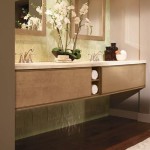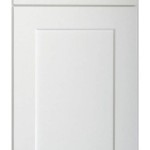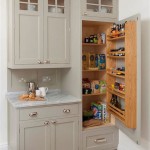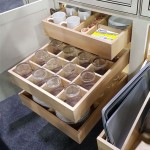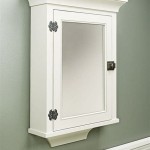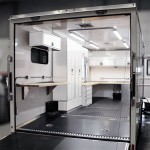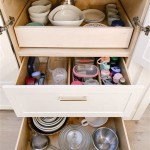How to Build Custom Cabinets
Building custom cabinets can be a rewarding DIY project, allowing homeowners to create storage solutions that perfectly fit their needs and style. While the process requires time, effort, and some woodworking skills, it can be achievable for individuals willing to learn and follow the steps carefully. This article outlines a comprehensive guide to building custom cabinets, covering essential planning and construction techniques.
1. Planning and Design
Before diving into construction, meticulous planning is crucial. This involves defining the purpose, size, and style of the cabinets, and selecting the materials.
a. Purpose and Function
Determine the intended use of the cabinets. Will they be for kitchen storage, bathroom vanities, or home office organization? This will influence the design, size, and features needed.
b. Dimensions and Layout
Measure the available space carefully and create a detailed drawing of the cabinet layout. Consider factors like cabinet height, depth, and width, as well as the positioning of shelves, drawers, and doors.
c. Material Selection
Choose high-quality materials that are durable and aesthetically pleasing. Some popular choices include: *
Cabinet Boxes:
Plywood, MDF, or solid wood. *Doors and Drawer Fronts:
Solid wood, veneer, or painted MDF. *Hardware:
Hinges, drawer slides, knobs, and pulls.d. Style and Finish
Select a style that complements the existing décor. Consider options like traditional, modern, contemporary, or rustic. Choose a finish that enhances the look and protects the wood, such as paint, stain, or varnish.
2. Construction Techniques
Once the planning is complete, start building the cabinets using various construction techniques.
a. Cabinet Boxes
Constructing the cabinet boxes typically involves cutting and assembling the sides, top, bottom, and back panels. Use a table saw, circular saw, or miter saw for precise cuts. Secure the pieces together with wood glue, screws, or dowels.
b. Shelves and Drawers
Cut shelves and drawer boxes to the desired dimensions. Use a router to create dadoes or rabbets for supporting the shelves. Assemble the drawers using dovetail joints, box joints, or simple butt construction.
c. Doors and Drawer Fronts
Cut the door and drawer front panels to size, allowing for hinges or drawer slide installation. Use a router to create profiles or decorative details.
d. Finishing Touches
After assembling the cabinet, sand the surfaces smooth and apply the desired finish. Install hinges, drawer slides, and hardware.
3. Essential Tools and Equipment
Building custom cabinets requires a variety of tools and equipment. Here are some essentials: *
Measuring Tools:
Tape measure, ruler, level, square. *Cutting Tools:
Table saw, circular saw, miter saw, jigsaw. *Drilling Tools:
Drill press, cordless drill. *Fasteners:
Screws, nails, dowels. *Hand Tools:
Hammer, chisels, sandpaper, clamps. *Safety Gear:
Eye protection, hearing protection, dust mask.With careful planning, proper techniques, and the right tools, building custom cabinets can be a rewarding and enjoyable DIY project. By following these steps, individuals can create unique and functional storage solutions for their homes.

How To Build Cabinets The Complete Guide Houseful Of Handmade
:max_bytes(150000):strip_icc()/CabinetsDwg2-1319246ccb9344b2ba1b390ebfc7c7aa.png?strip=all)
Make Cabinets The Easy Way

How To Build Cabinets

Diy Kitchen Cabinets Made From Only Plywood
:max_bytes(150000):strip_icc()/CabinetsDwg1-606042c79d87434d89d04dd82d1c7028.png?strip=all)
Make Cabinets The Easy Way

Build Cabinets The Easy Way How To

How To Build Cabinets The Easy Way A Step By Guide

How To Build Cabinets Mwa Woodworks

I Can T Believe Building Custom Cabinets Was This Easy
:max_bytes(150000):strip_icc()/Cabinets20PhotoB-35d6dddf3be04803b2de26a1aa7994c4.png?strip=all)
Make Cabinets The Easy Way
Related Posts

